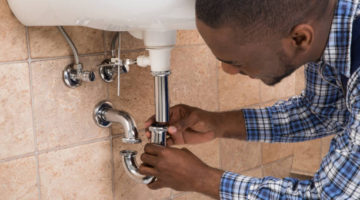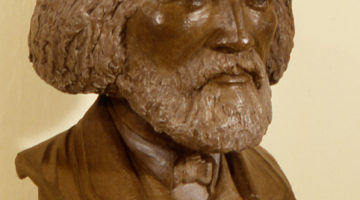By DAVE KOLPACK
FARGO, N.D. (AP) _ Some members of the North Dakota Board of Higher Education said Wednesday that one way to cut down on expenses and get more work done would be to hold more meetings remotely instead of in person.
On a day when the board passed on addressing a projected budget shortfall for the university system office, board member Don Morton proposed that that the board hold four face-to-face meetings a year and conduct other business by electronic means. He said that would save time and money.
“There could be more work done if we were all back at our respective locations,” said Morton, who works as site leader at the Fargo Microsoft campus, where Wednesday’s meeting was held. “In this day and age, with technology, we don’t have to meet in person.”
Board member Grant Shaft, a Grand Forks attorney, said it’s a good idea but the university system doesn’t yet have the technology to make it work. He says the current call-in system that the board uses for remote meetings is akin to Morse code.
“Once you get to that point, if there’s some comfort level with the board that you can engage electronically and feel our having at least close to the equivalent your having in in-person meetings, I think you can get there,” said Shaft, whose term expires this month.
University of North Dakota President Robert Kelley cautioned board members about abiding by the state’s open meetings laws, at a time when the board has been criticized by lawmakers for violating those regulations.
Eric Murphy, faculty adviser to the board, said it’s important to meet with people and see some of the projects firsthand.
“Part of that responsibility is being on those campuses,” he said. “I think we need to spend a little more time interacting with the campus environment when we visit, so we can see some of the good things going on and the progress.”
But North Dakota State University President Dean Bresciani said the face-to-face meetings require a “huge commitment of time and taxpayer’s money” when there are other more efficient and cost-effective options.
“The reality is, and my experience when we meet at campuses, we get out of our cars, we walk into the room, we have our meeting, we walk out of the room and drive away from the campus,” Bresciani said. “In fact, we’re really not experiencing the campuses.”
The board on Wednesday passed both the board and university system budgets, which account for about 5 percent of the more than $158 million higher education budget. The board decided to wait until new chancellor Mark Hagerott begins next month before addressing a projected deficit of between $250,000 and $300,000 for system office operations.
“We will get this resolved. We just need a little more time,” Morton said.













No Comment